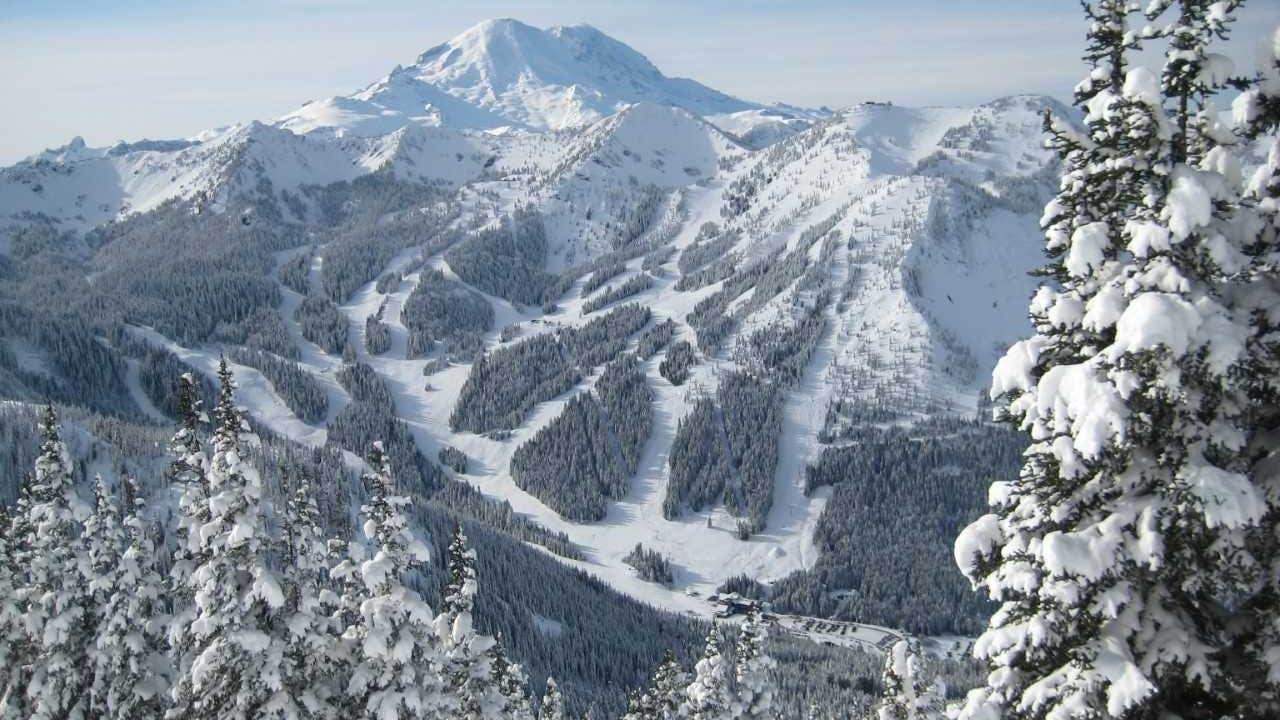Thebartman
Active member
The family got me one last spring for my birthday so I’ll be wearing it this year. If it snows.
I always have shovels and now a snow probe too. I figured I’d take a class the snowmobile
club puts on to use it once.
Anyone ever use one in a real life situation?
I always have shovels and now a snow probe too. I figured I’d take a class the snowmobile
club puts on to use it once.
Anyone ever use one in a real life situation?




